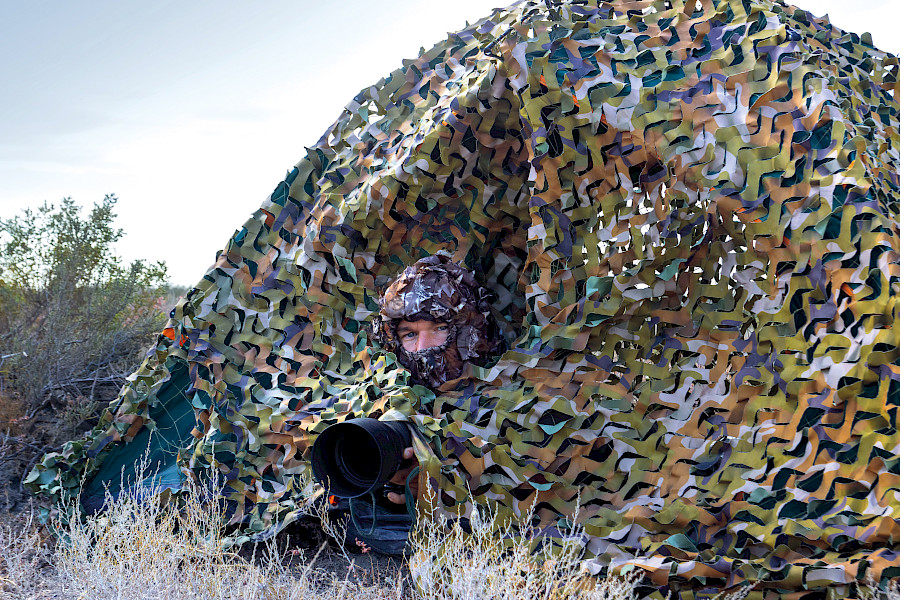
Aleksey Lyokin is a wildlife photographer and traveller dedicated to capturing rare animals and remote locations. In collaboration with NARGIS Magazine, he created a project in which he photographed rare animals and birds from various regions of Azerbaijan. These photographs will be showcased at a photo exhibition as part of the Zero Waste environmental project. In this interview, he shares the inspiration, challenges, and lessons learned from his work.
What inspired you to start exploring and photographing nature?
I first got into photography in 2008, using a small pointand-shoot camera. Then in 2010, I was in an accident, and my recovery took about six months. During my walks, I started taking more photos, often venturing out of the city into nature. It felt like I’d gained a new perspective on the beauty of the natural world, and I wanted to share those moments and emotions with others.
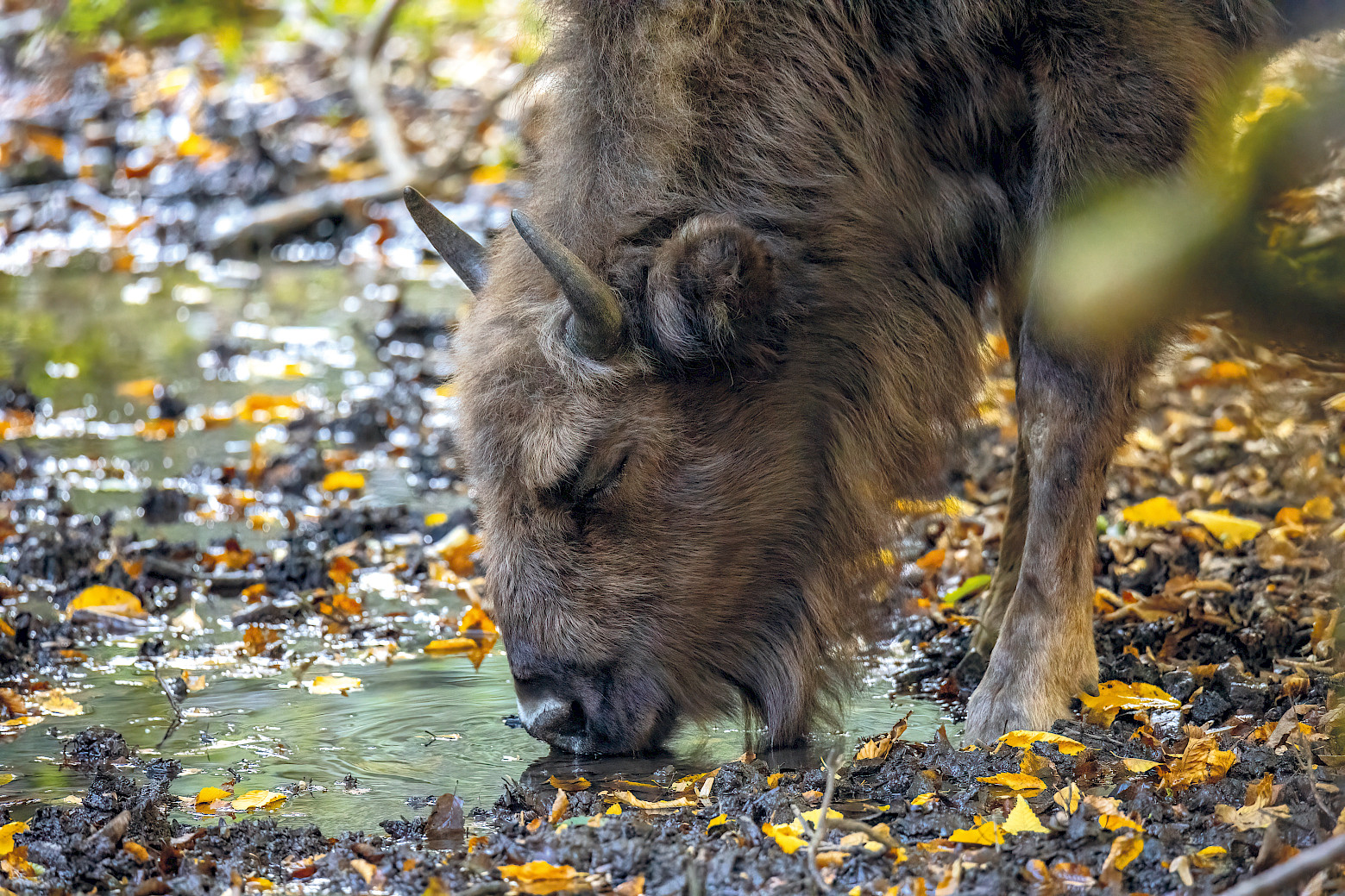
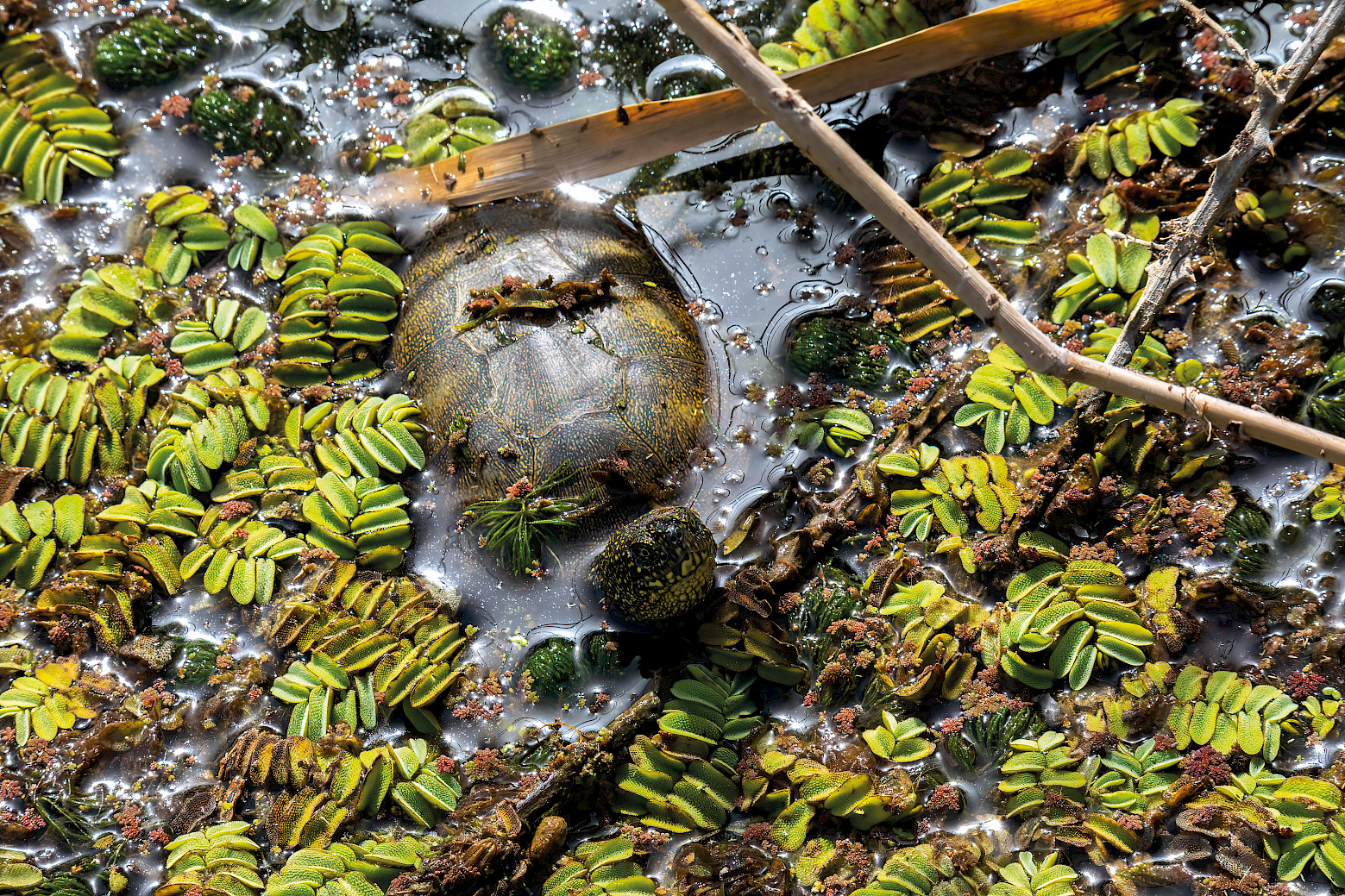
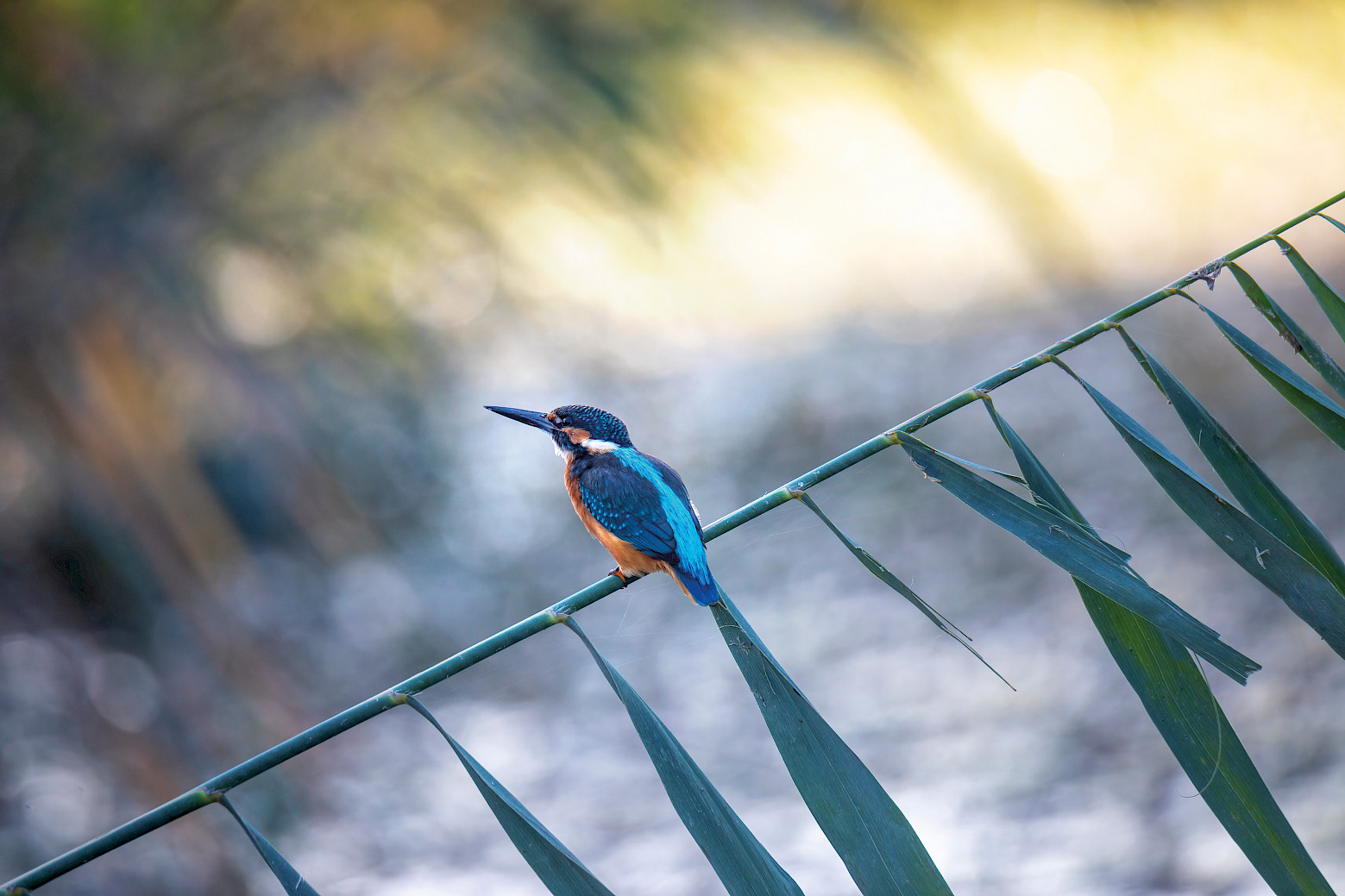
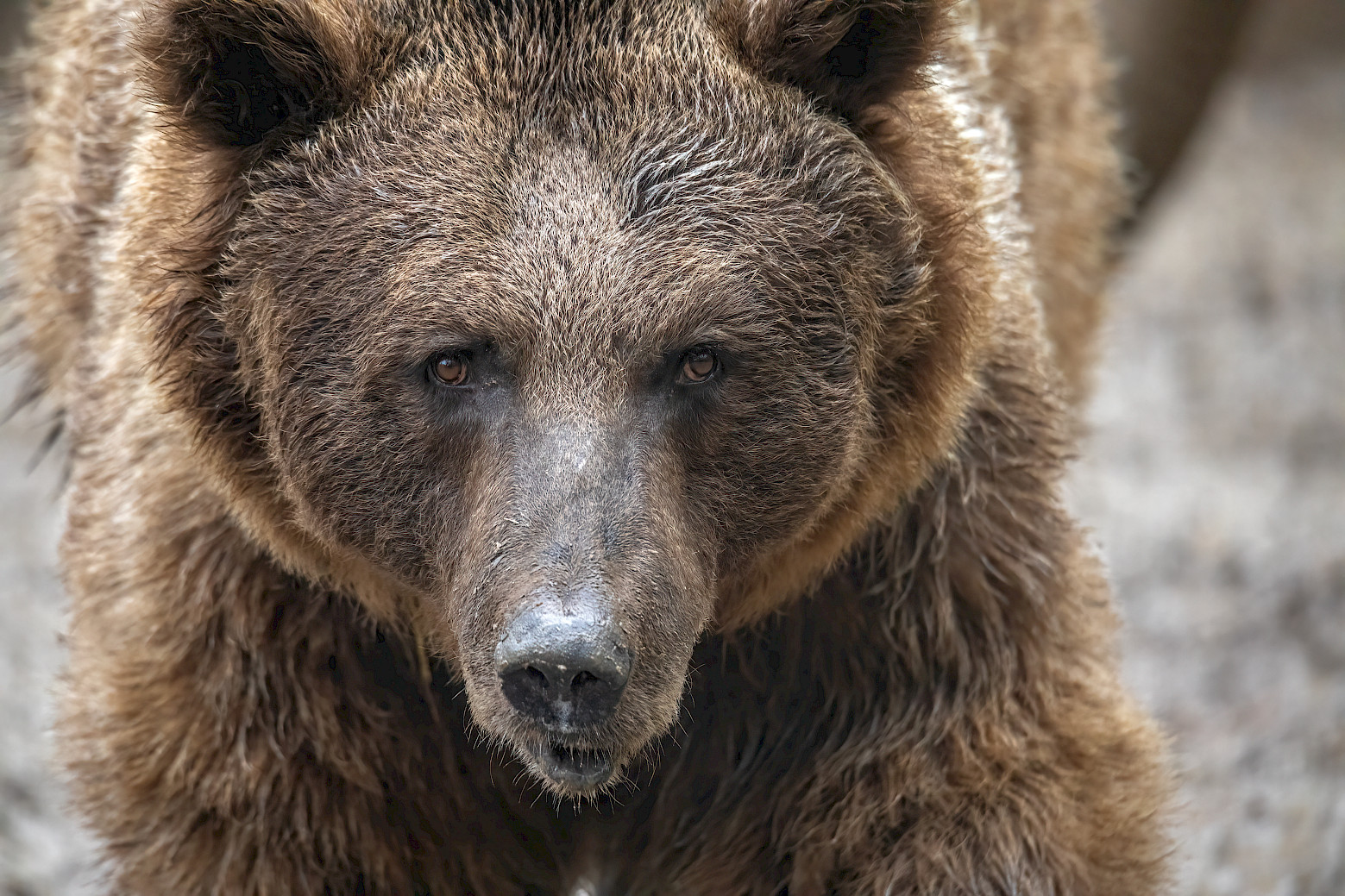
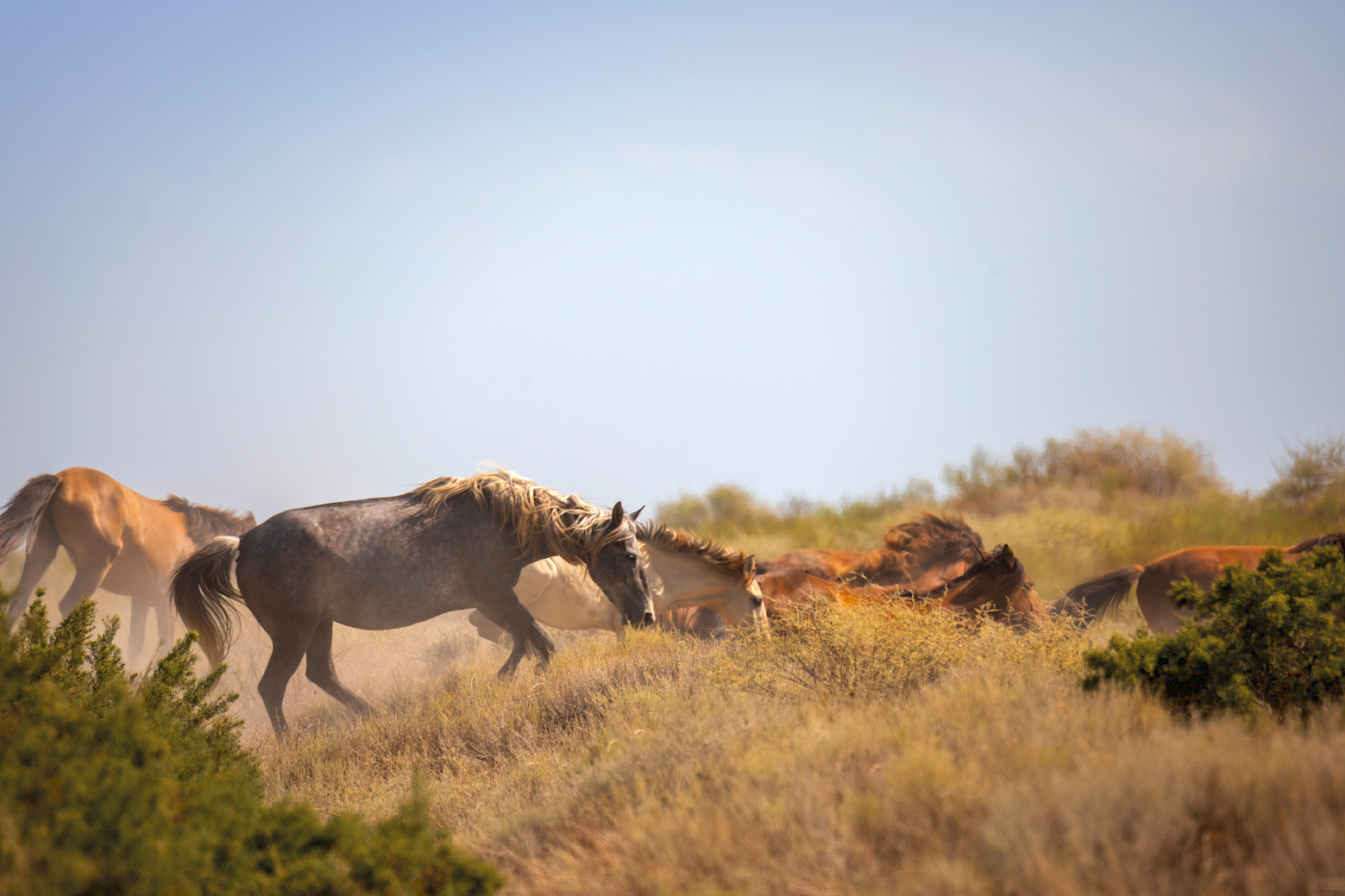
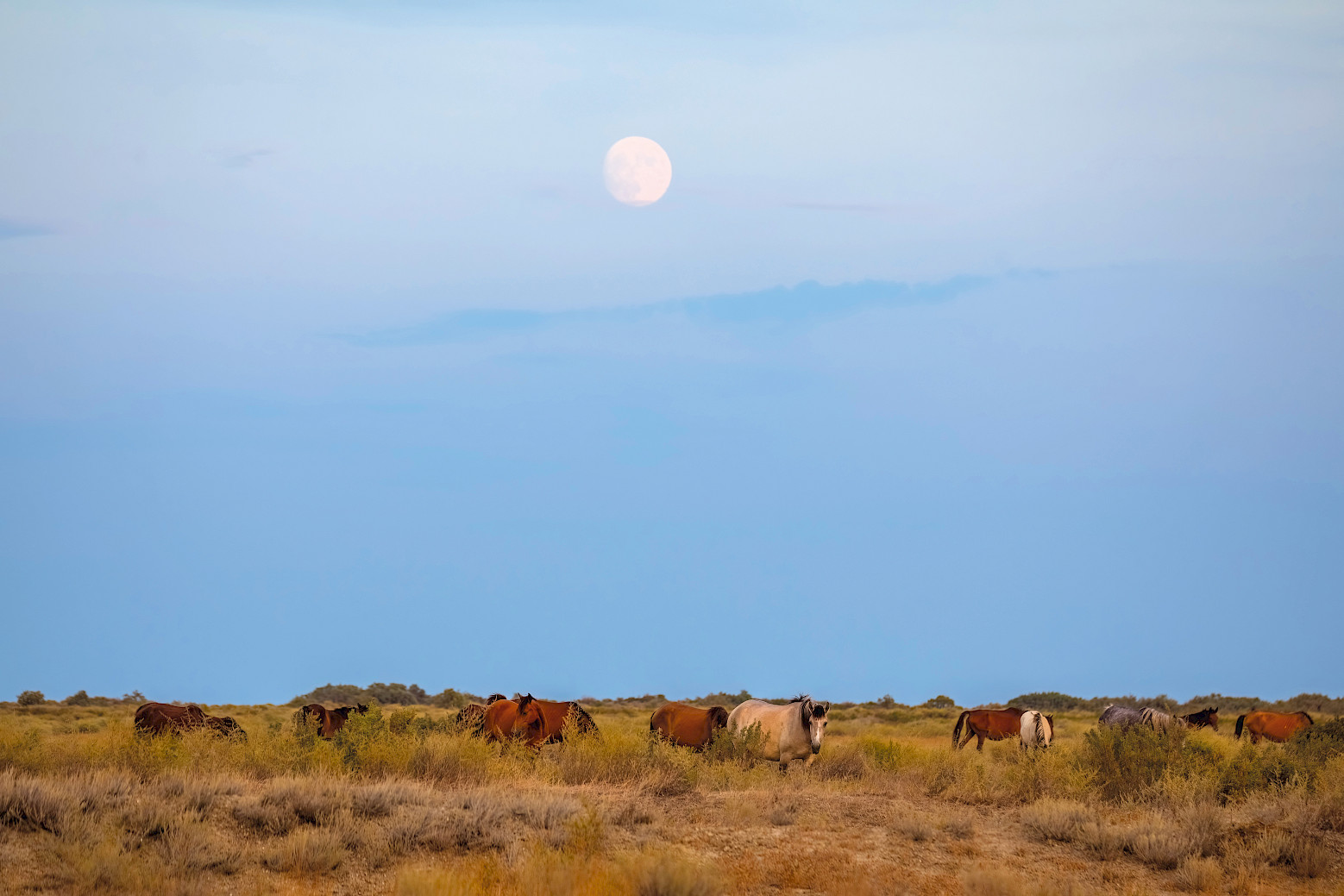
Can you tell us about the most extreme experience you’ve had while shooting?
Wildlife photography always brings an element of adventure, and the further you go from populated areas, the more challenging it becomes. But that’s also when the rare shots come. I’ve had many extreme experiences – for example, I fell off a horse while crossing a river in Gabala, getting completely soaked. Luckily, my equipment wasn’t damaged, but I felt so sorry for the horse, which was struggling as I tried to help. Thankfully, everything turned out fine.
What life lessons have you learned from interacting with the animal world?
The animal world is harsh, but it’s also honest. Interacting with animals and nature, in general, has taught me patience, endurance, quick reflexes, and readiness for any situation. In the mountains, watching animals search for food and water makes me realise that, in many ways, we’re not so different.
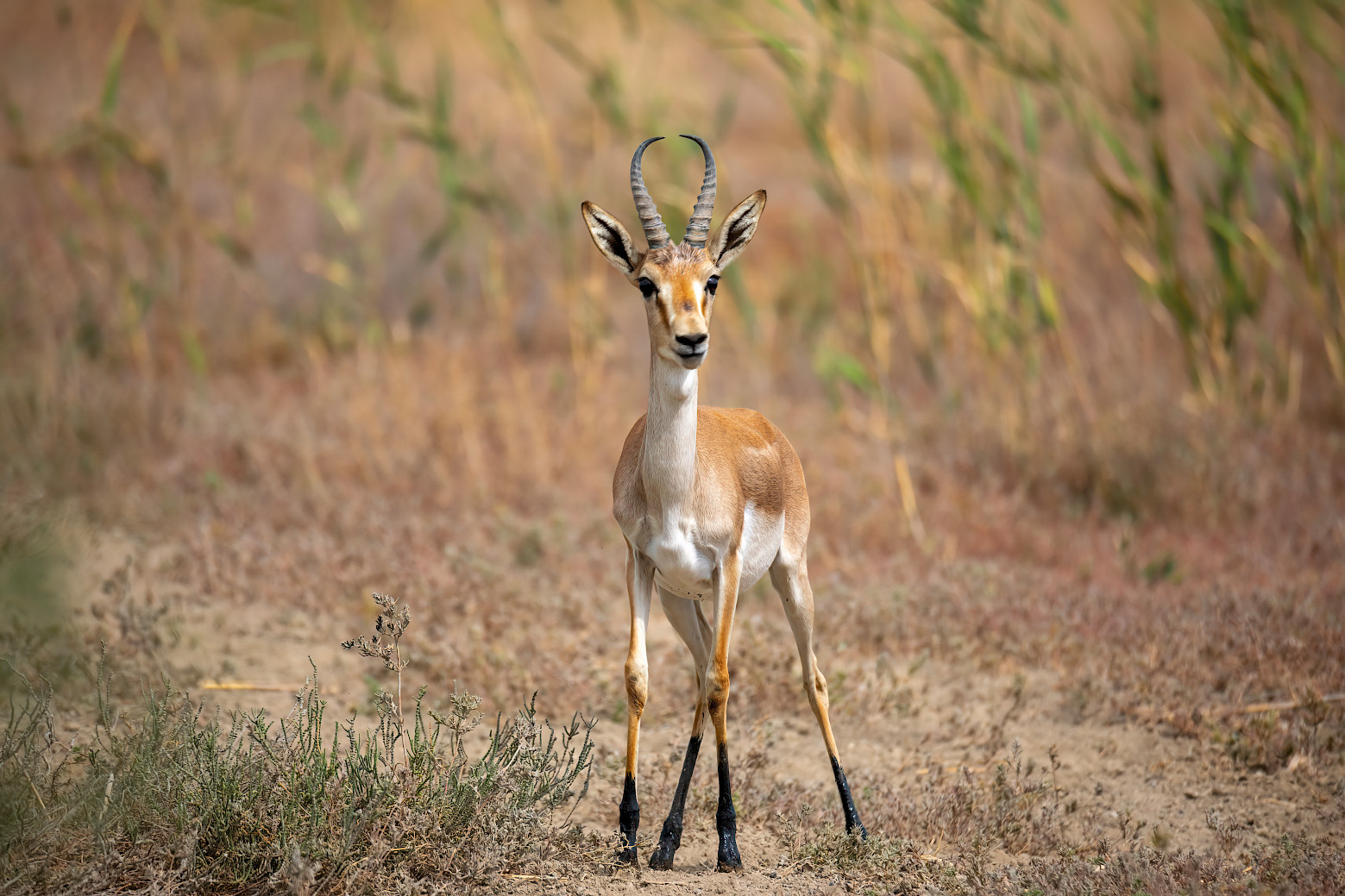
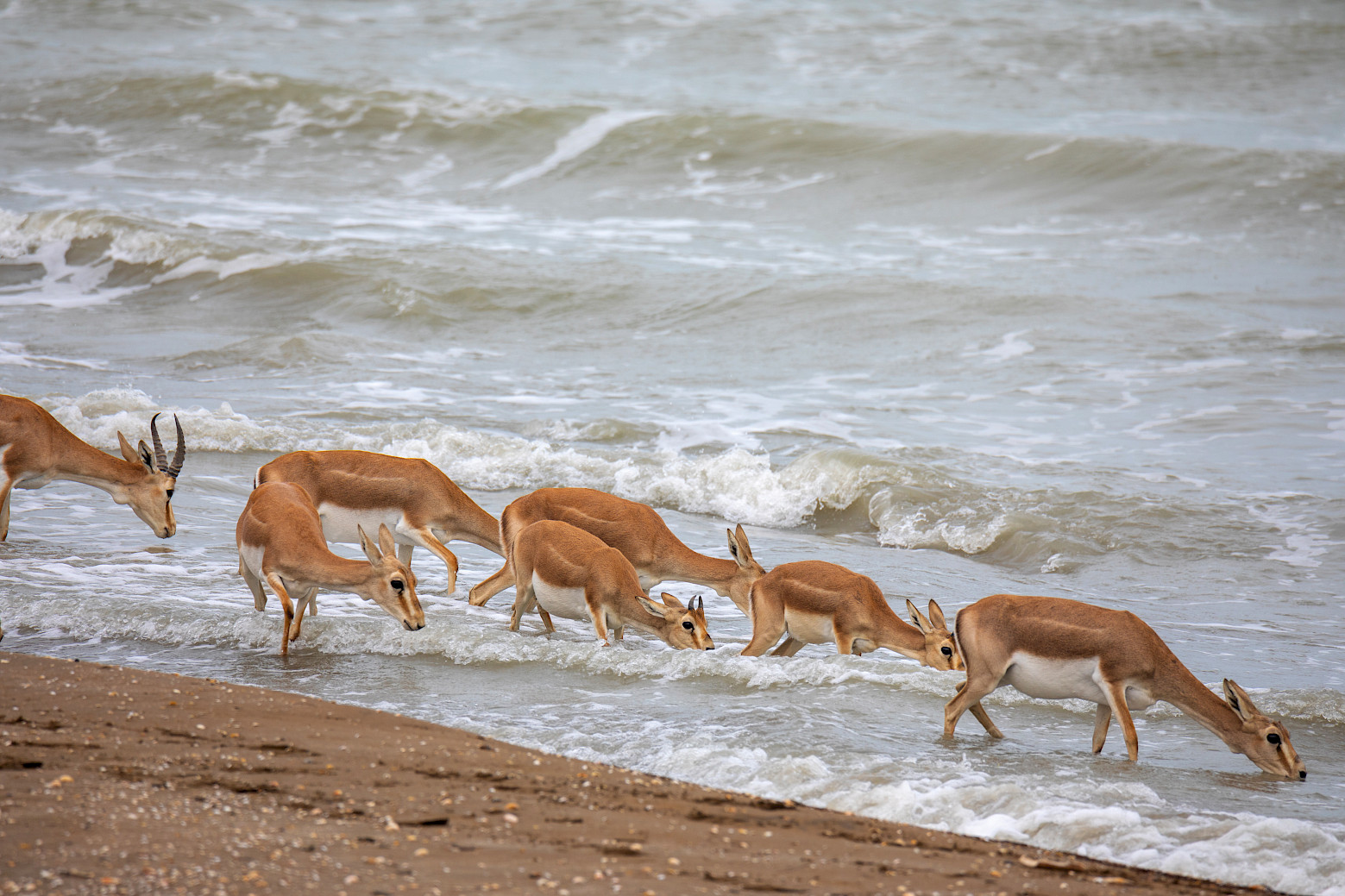
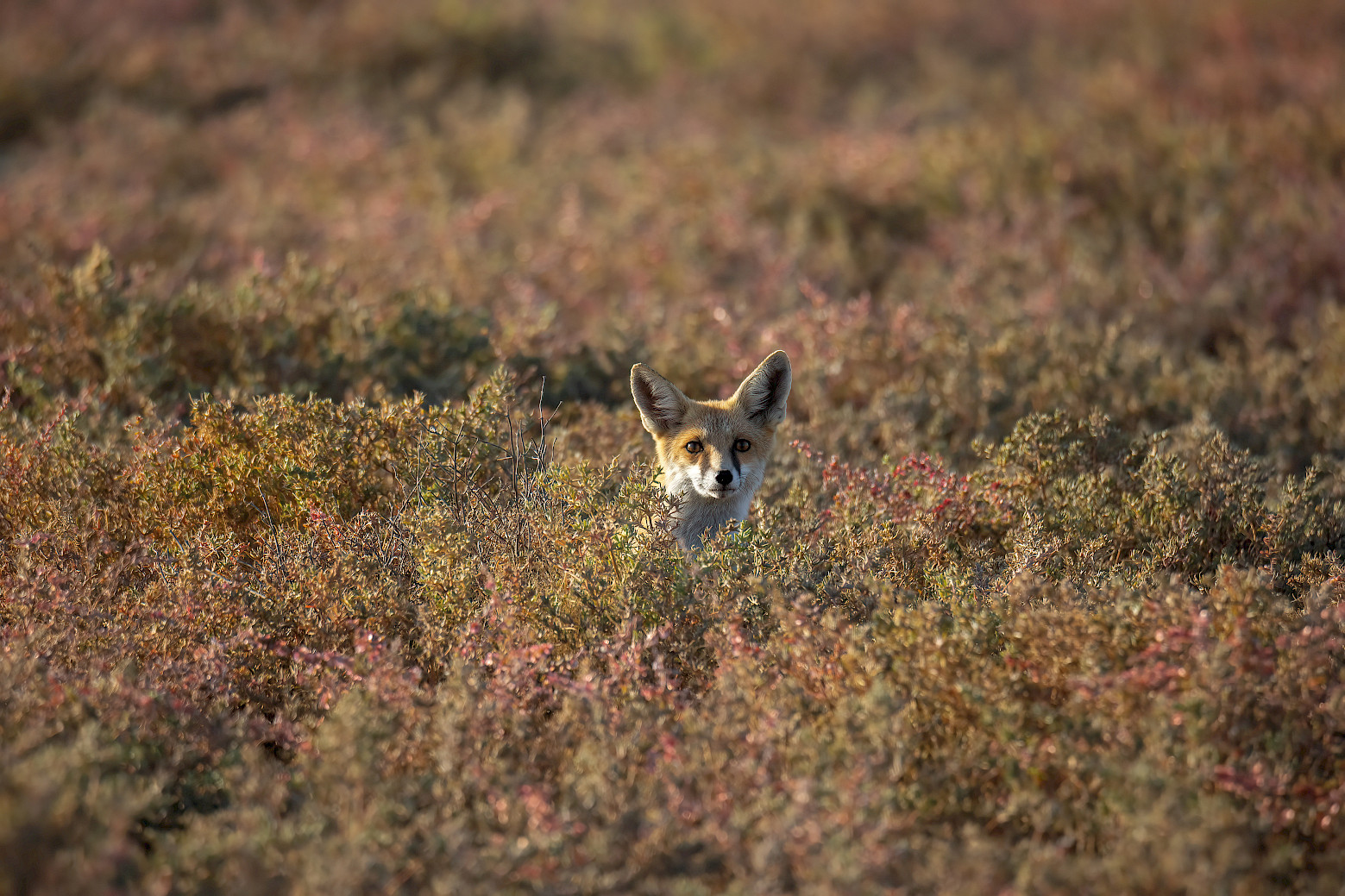
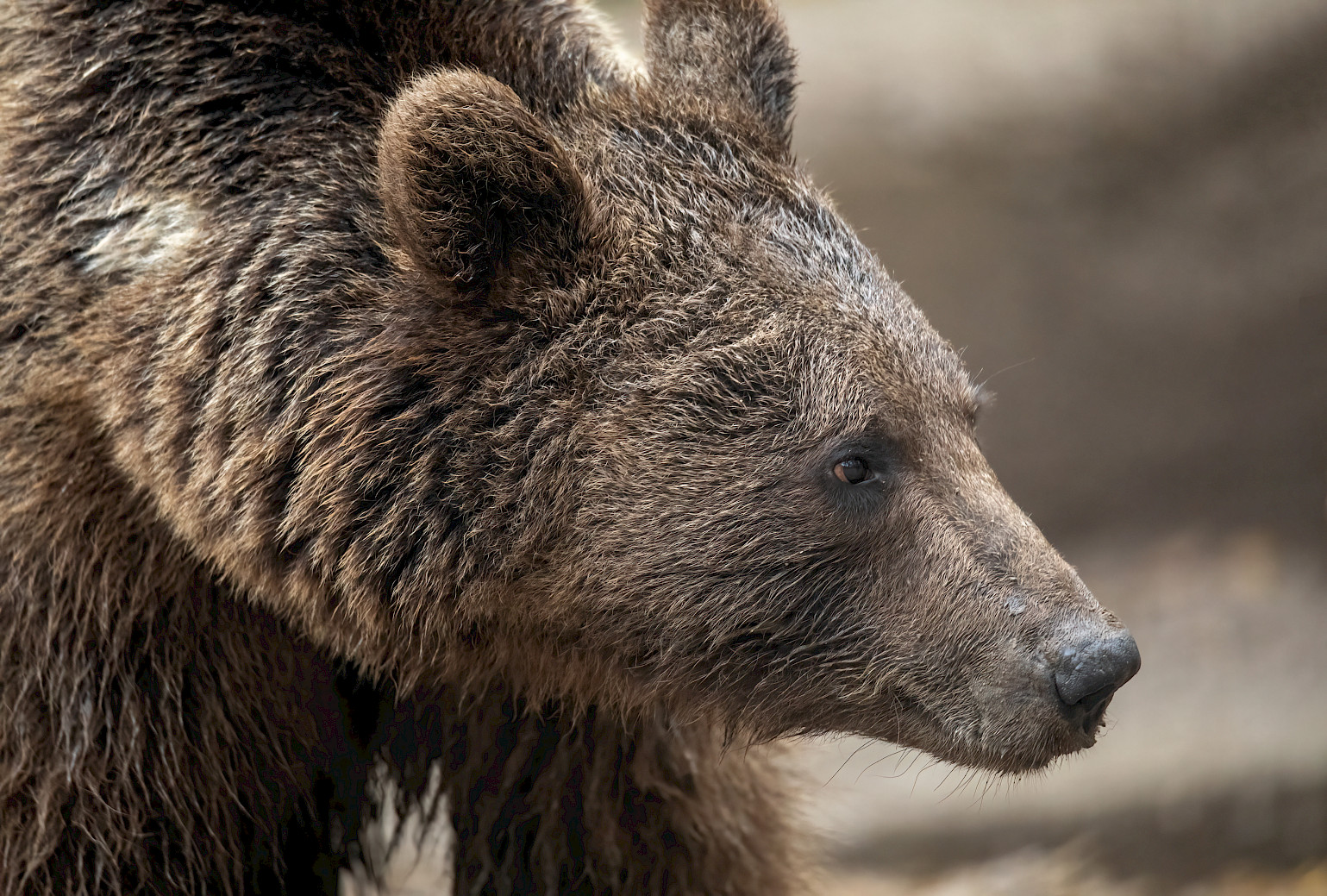
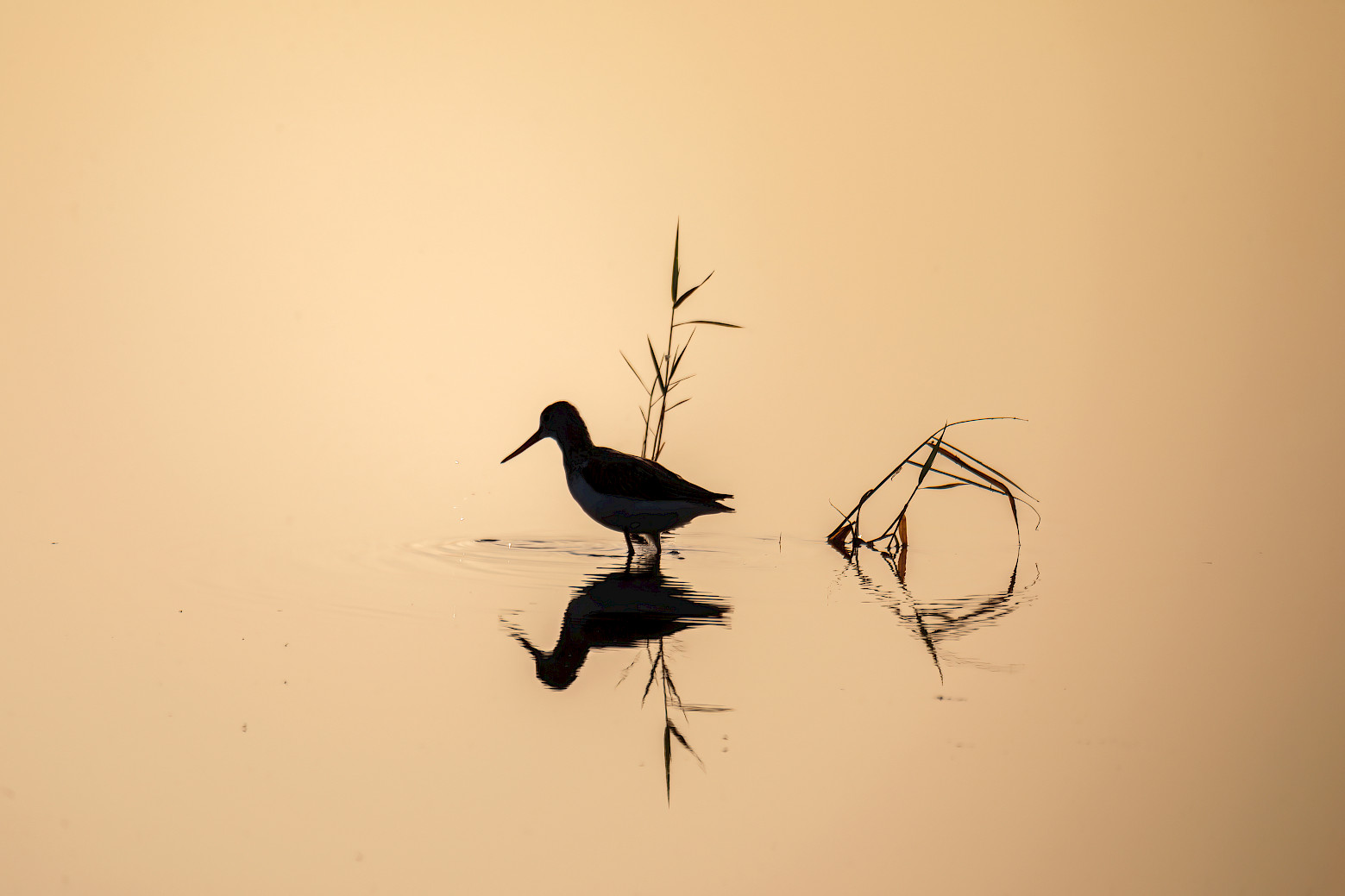
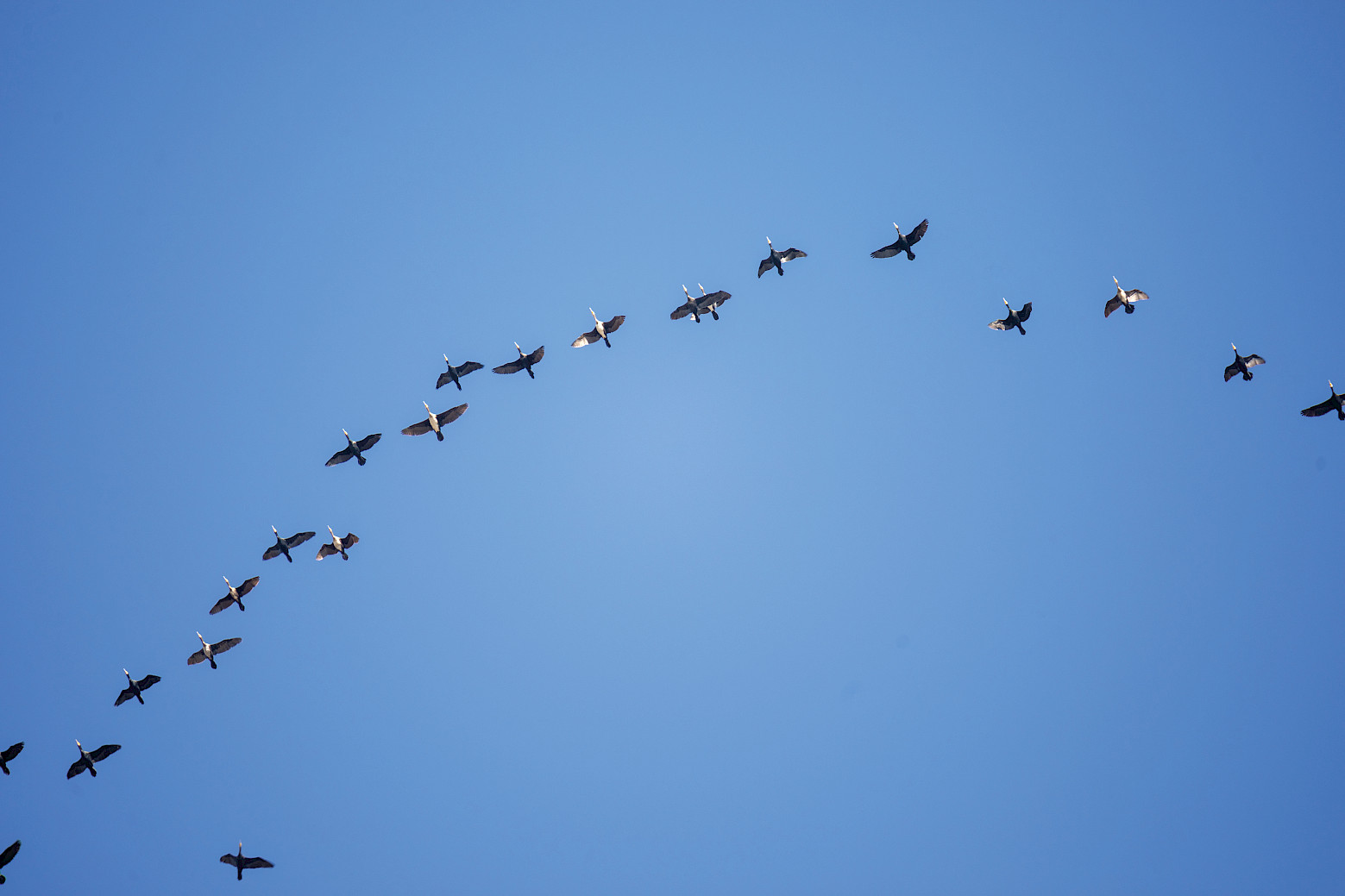
Is there a place you dream of visiting?
I love going to remote places far from civilisation. When you climb a mountain, your journey is just a brief moment in the mountain’s timeline. I love the feeling of transience – it helps me let go of daily stresses. I’d love to return to the mountains of Nepal, and also visit Iceland and possibly Antarctica. I’ve also been on a few trips to the mountains of Karabakh, but I’d like to return, as I feel there are many species there that are thought to be extinct.
Tell us about your joint project with NARGIS. What was the most challenging part?
This project truly inspired me and allowed me to dedicate time to what I love: reaching remote areas and photographing rare animals and birds. We aimed to capture the most unique and special shots. We had heard from the National Park staff that gazelles drink from the sea, but it was nearly impossible to approach them closely. We waited in a tent for eight hours, studied the coast, and even spent the night nearby. When we finally managed to get the shot, it felt completely worth it. The challenge was that we had limited time, but we got valuable images that kept us motivated to spend hours waiting in tents. I’m glad people are trying to spend more time in nature now, and more organisations are volunteering to protect it.
Which animal has been the hardest to photograph recently?
During our project, the jungle cat has been the hardest to find. Although I’ve photographed it for other projects, it has eluded us this time. We spent four or five days trying to photograph a bear in different locations – Shahdag National Park, the villages of Gonagkend, and Laza – but it always seemed to avoid the areas where we had set up our equipment.
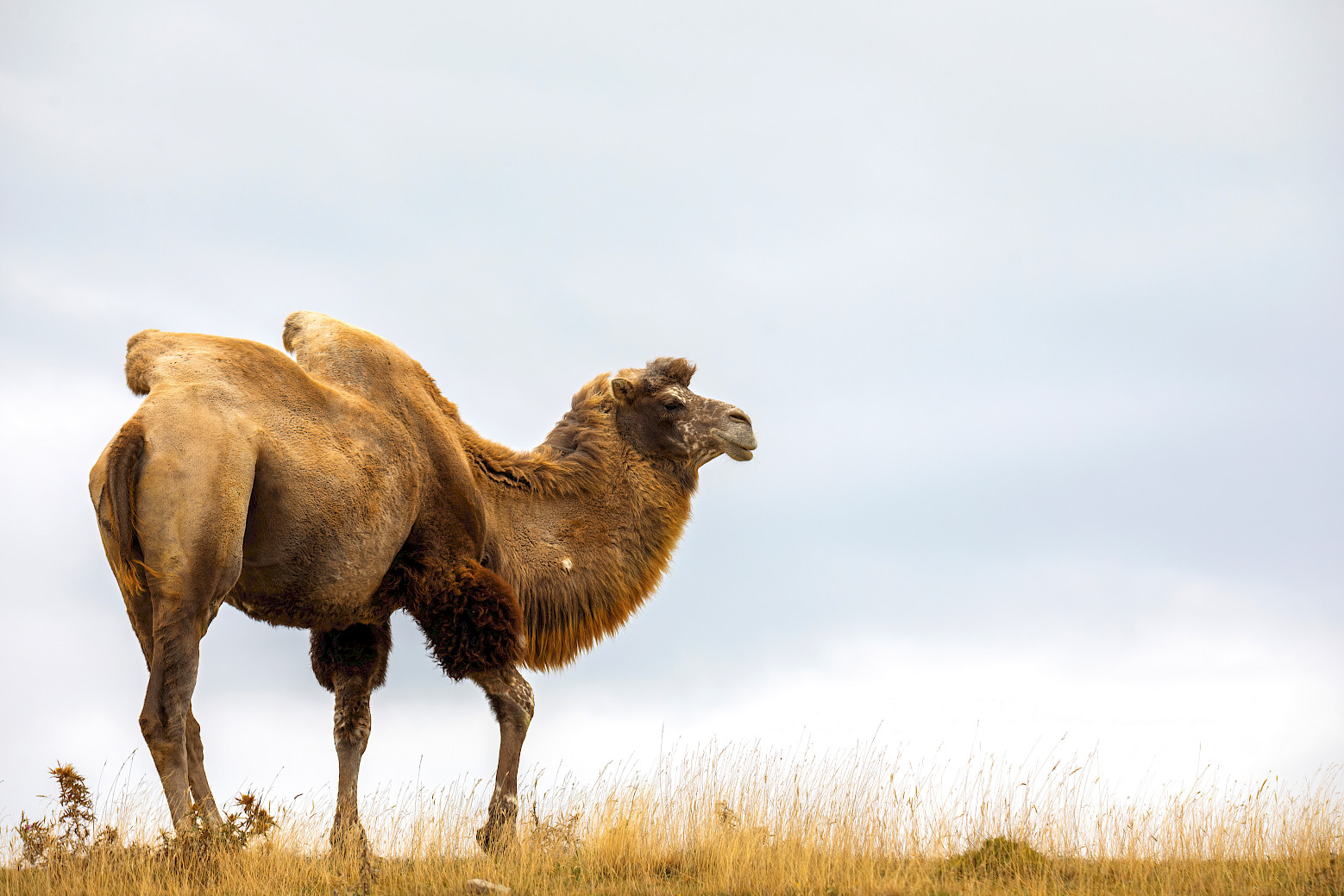
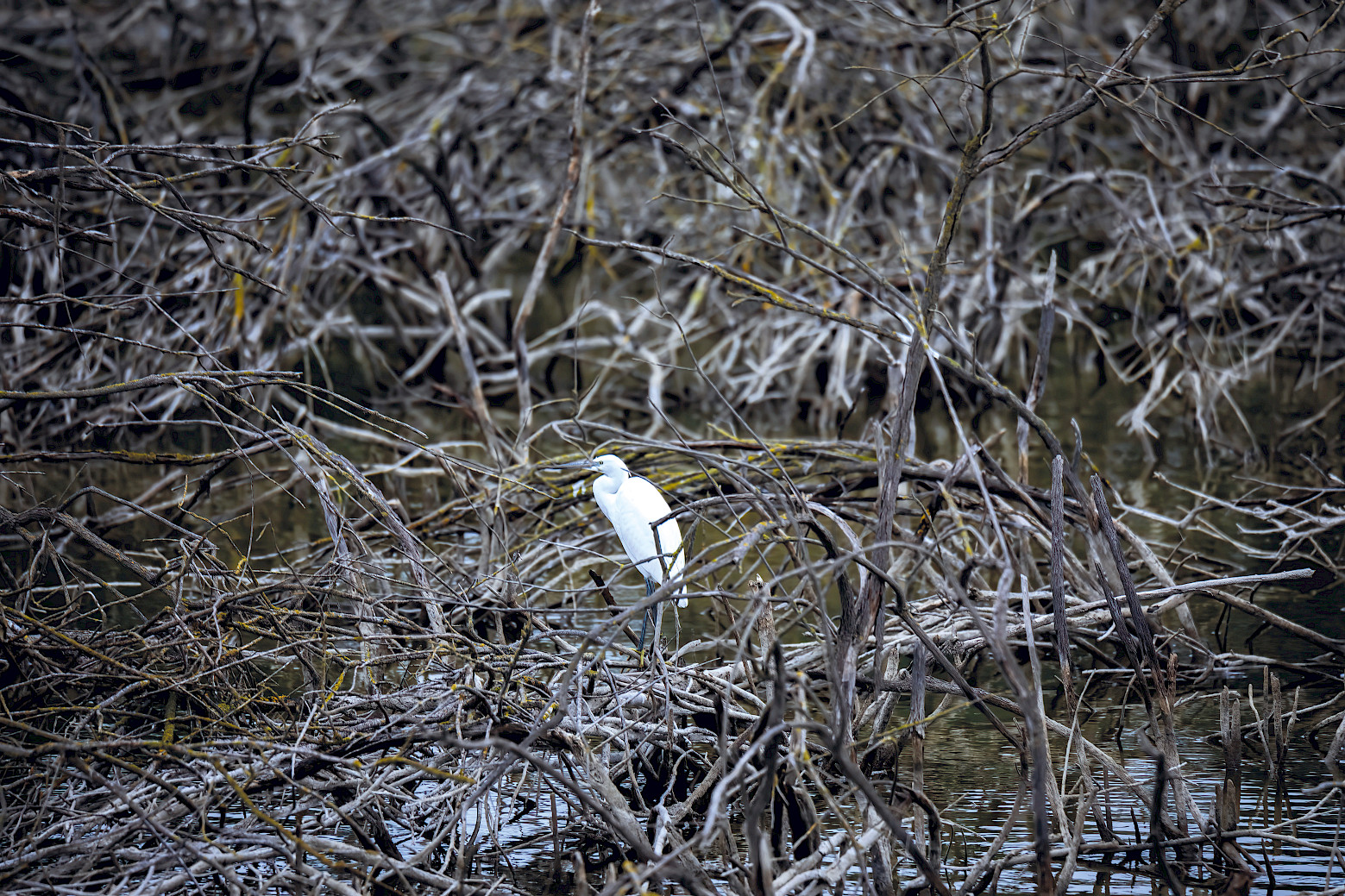
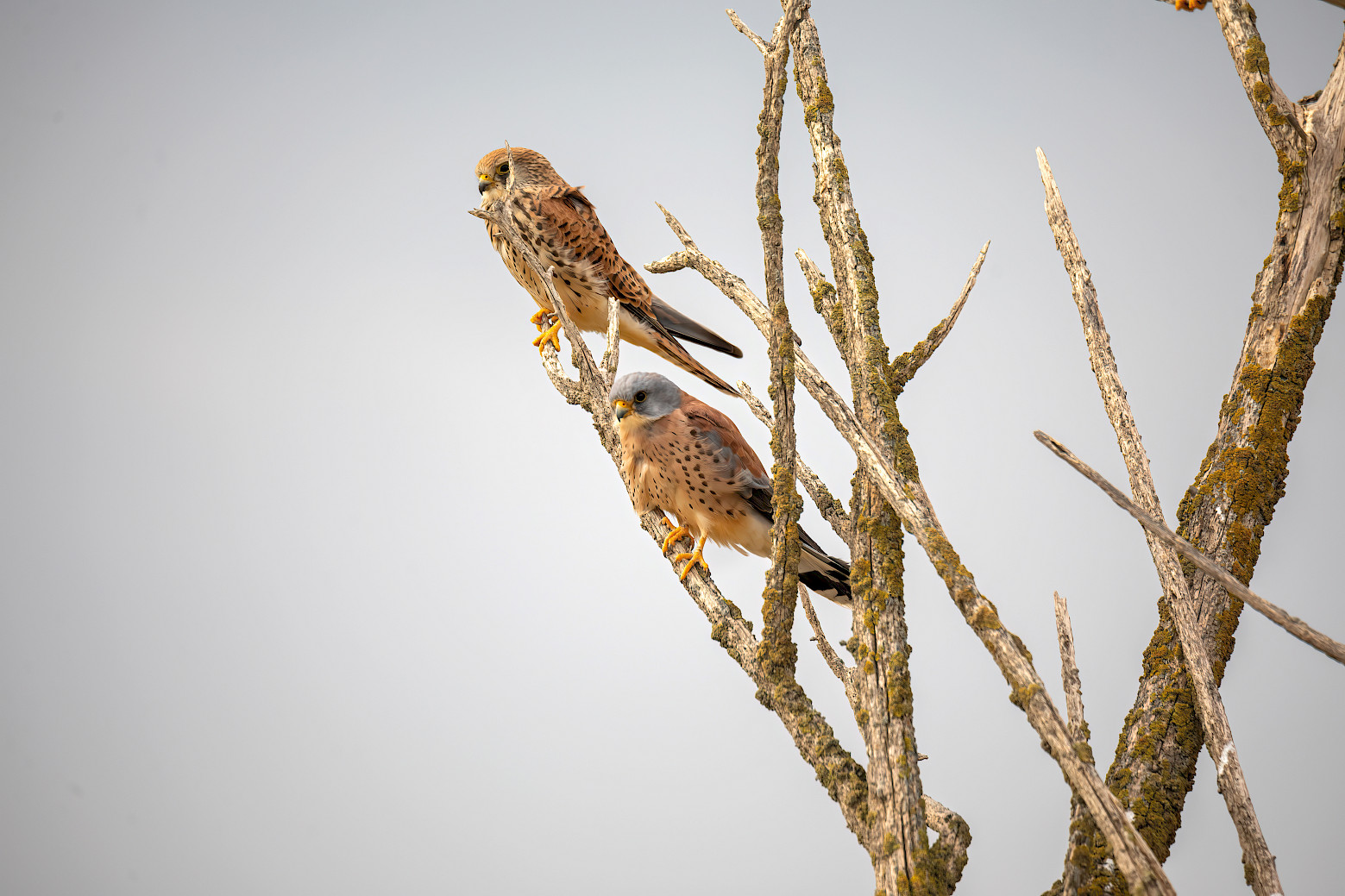
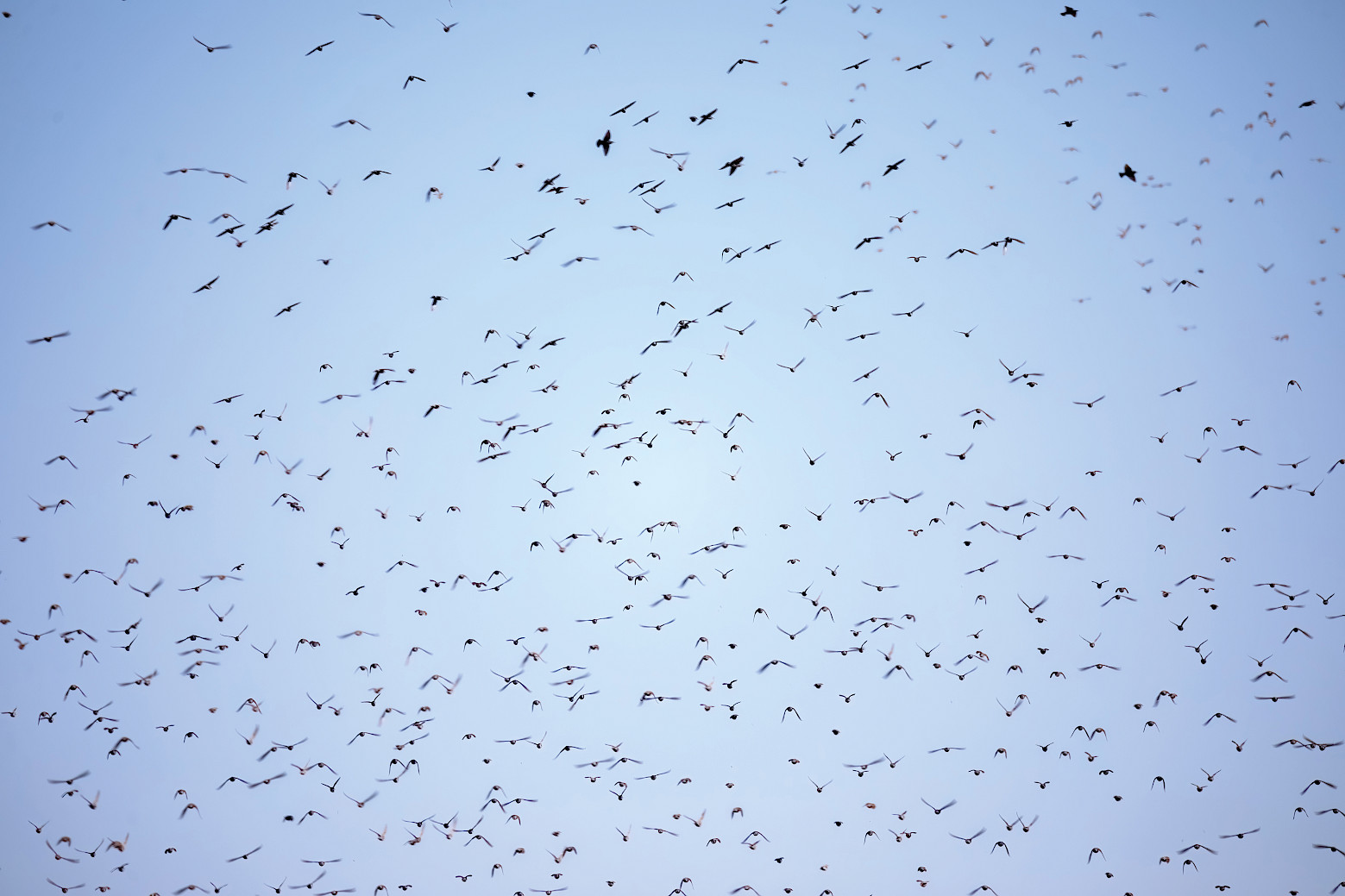
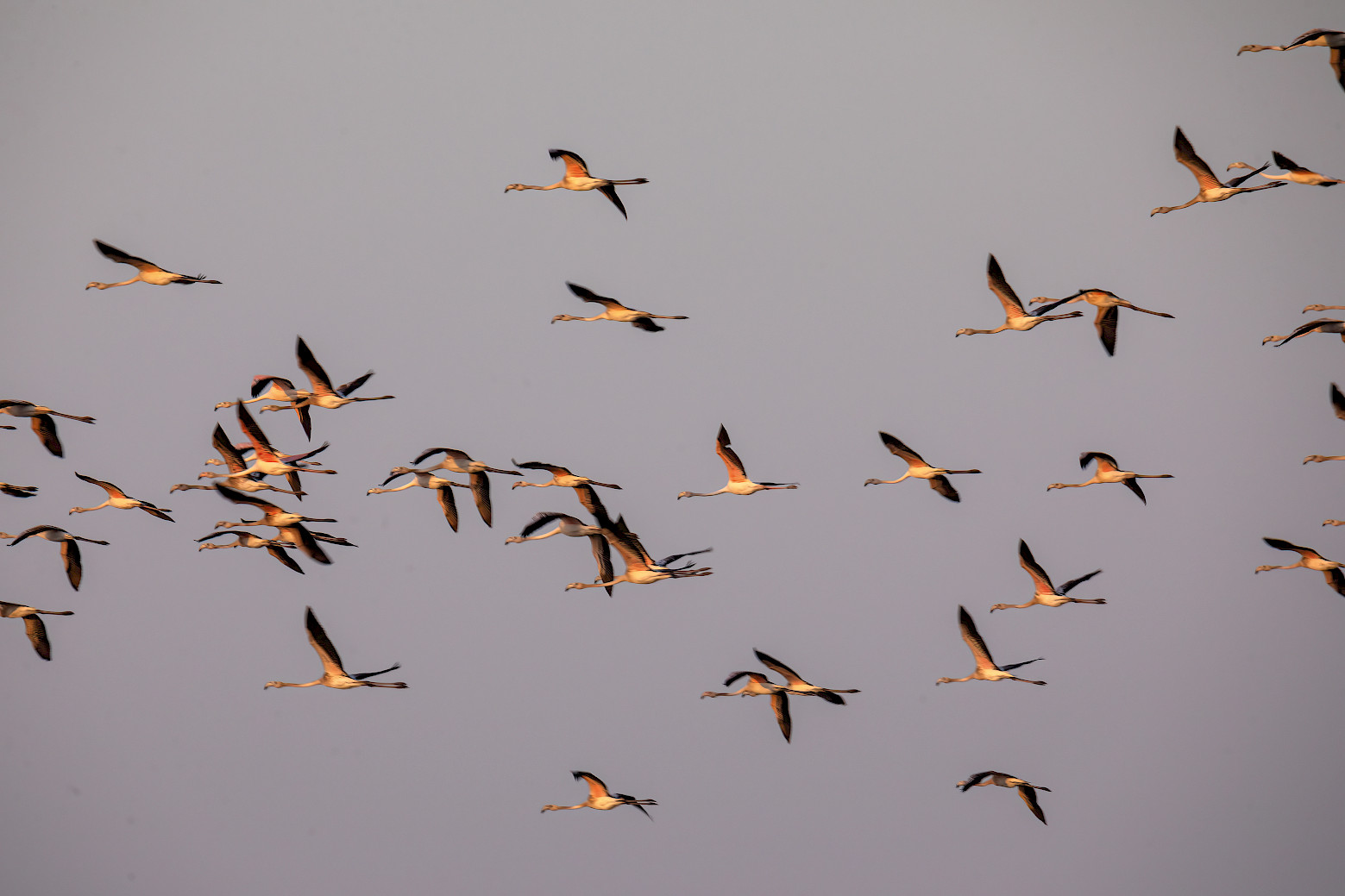
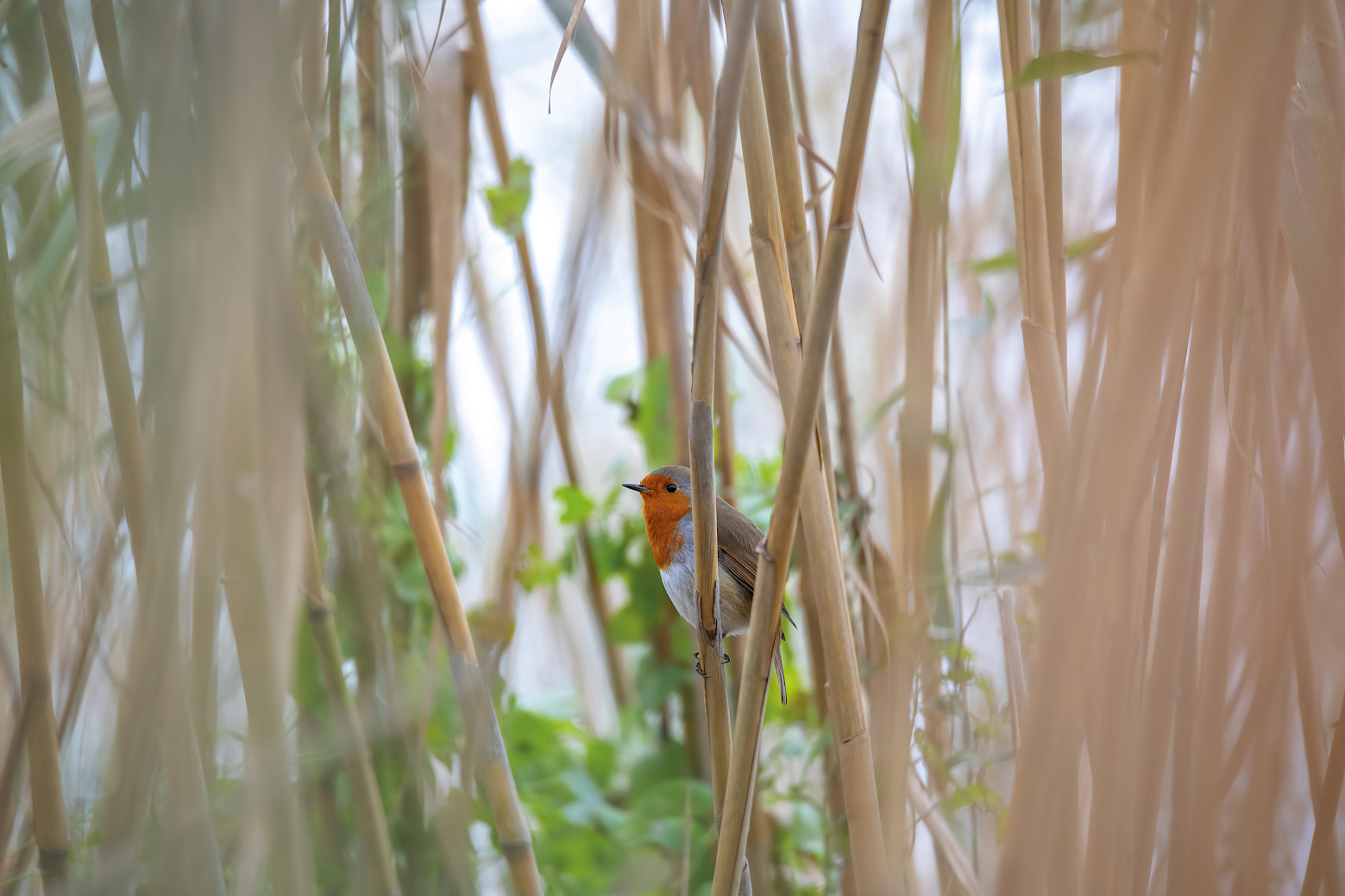
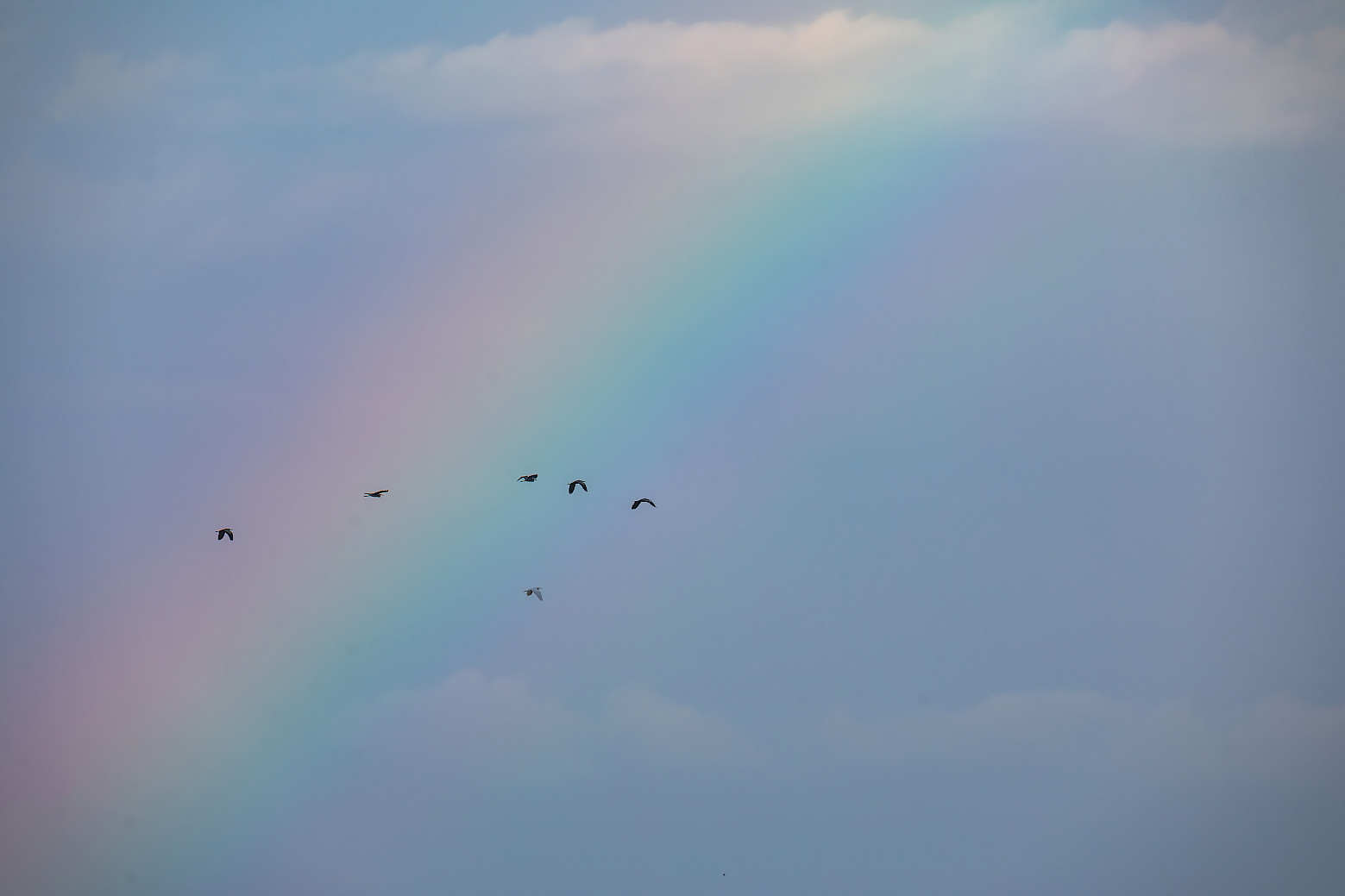
Why is the animal world important for people?
We all need each other for balance. This chain of connection is so perfectly designed that it’s hard to imagine how deeply everything is interlinked. The disappearance of even one species can disrupt that balance and lead to irreversible consequences in nature. Nature needs protection, and it’s our responsibility to preserve it in its original form.
